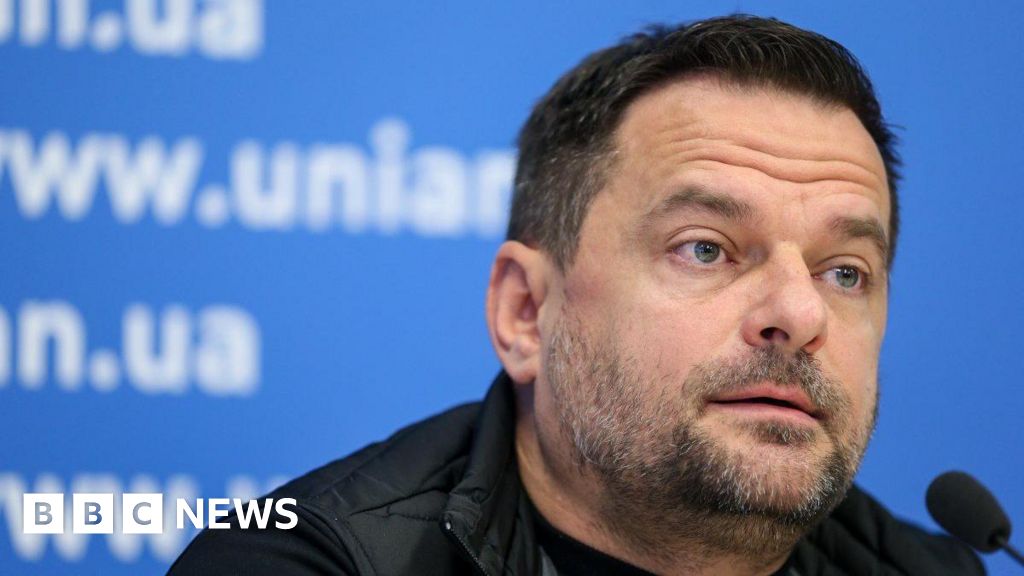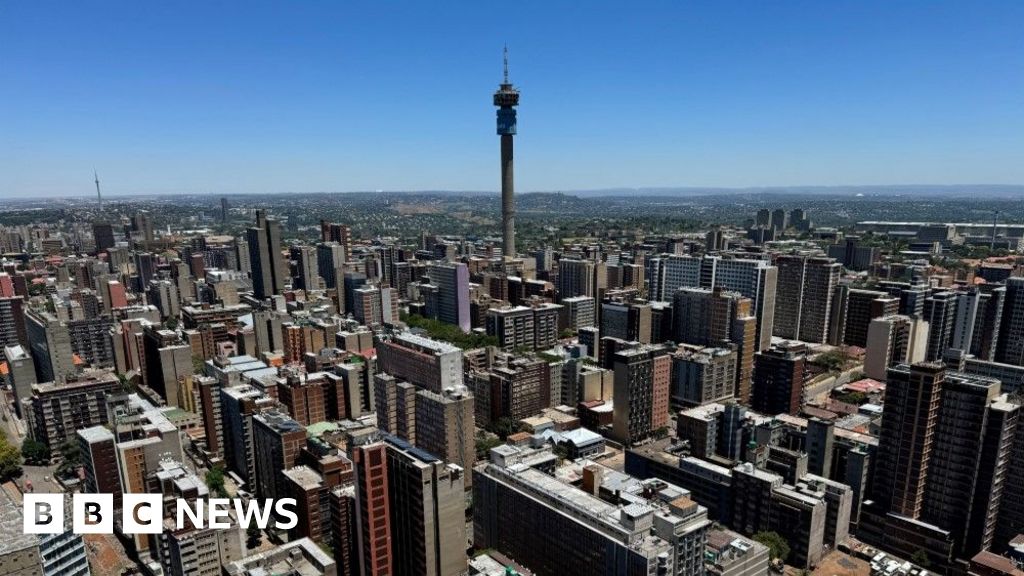Israeli forces have resumed ground and air attacks on northern Gaza’s densely populated Jabalia refugee camp, while in the southern part of the besieged enclave, tanks and troops pushed across a highway into Rafah, where some 1.5 million displaced Palestinians are sheltering.
Israel previously said it had pulled its troops out of the mostly devastated north, where famine has taken hold of the area, after claiming it had defeated Hamas months ago.
But on Monday, its forces and tanks re-entered northern Gaza and resumed shelling in Jabalia, where Hamas said its fighters were engaged in battles.
Israel described its latest return to the north as part of a so-called “mop-up” stage of the war, but Palestinians say the need to return is proof Israel’s military objectives are unattainable.
Hamas’s armed wing, the Qassam Brigades, said its fighters were engaged in gun battles with Israeli forces in the east of Jabalia, and east of Rafah in southern Gaza.
In a series of statements on its Telegram channel, the Qassam Brigades said one of its snipers shot an Israeli soldier in Jabalia. The group said its fighters “targeted” an Israeli army bulldozer with an Al-Yassin 105 shell, east of Jabalia.
Earlier on Monday, the group said its fighters attacked a crowd of Israeli soldiers with mortar shells inside the Jabalia camp, the biggest refugee camp in northern Gaza.
In Rafah, fighters with the brigades also attacked an “infiltration” of Israeli soldiers inside the vital border crossing with Egypt, it said. The armed wing of the Palestinian Islamic Jihad (PIJ) said that its fighters fired mortars at Israeli forces massing on the Palestinian side of the crossing.
Israeli forces seized the Palestinian side of the crossing last week, and have blocked the entry of essential humanitarian aid and supplies to desperate Palestinians in the enclave.
With some of the most intense fighting for weeks taking place on both the northern and southern edges of Gaza, hundreds of thousands of Palestinians have again taken flight, and aid groups warn that an already dire humanitarian crisis could sharply worsen.
The attacks come as health officials in Gaza warn that the few remaining healthcare facilities are on the brink of total collapse.
‘Dreadful’ situation
Residents fled their houses along rubble-strewn streets in Jabalia, carrying bags of belongings. Tank shells were landing in the centre of the camp and air raids had destroyed clusters of houses, they said.
“We don’t know where to go. We have been displaced from one place to the next … We are running in the streets. I saw it with my own eyes. I saw the tank and the bulldozer. It is on that street,” said one woman, who did not give her name.
More than 35,000 people, mostly women and children, have been killed in the Israeli war on Gaza since October, according to Palestinian health officials. The assault has laid waste to the coastal enclave and caused a deep humanitarian crisis, with the Gaza Health Ministry warning in a statement on Monday that the medical system is on the verge of collapse due to a shortage of fuel to power generators and ambulances.
Israel launched its war on Gaza after Hamas led an attack on southern Israel on October 7, killing at least 1,130 people, mostly civilians, according to an Al Jazeera tally based on Israeli statistics.
Palestinian health officials said they recovered 20 bodies of Palestinians killed in overnight air raids on Jabalia, which injured dozens of others.
In Rafah, Israel stepped up aerial and ground bombardments on the eastern areas of the city, killing people in an air raid on a house in the Brazil neighbourhood.
Israel ordered residents to evacuate from the east of the city last week, and extended that order to central areas in recent days, sending hundreds of thousands of people, most of whom are already displaced, fleeing for new shelters.
Residents said Israeli air and ground bombardments were intensifying and tanks had cut off the main north-south Salah al-Din Street that divides the eastern part of the city from the central area.
“The tanks cut the Salah al-Din Street east of the city, the forces are now in the southeast side, building up near the built-up area, the situation is dreadful and the sounds of explosions never stopped,” said Bassam, 57, from the Shaboura neighbourhood in Rafah.
“People continue to leave Rafah … no place looks safe now and people do not want to escape at the last minute should tanks make sudden incursions and moving out becomes too late,” he told the Reuters news agency.
UNRWA, the main United Nations aid agency in Gaza, estimated that about 360,000 people had fled the southern city since the Israeli military gave its first evacuation order a week ago.
The assault on Rafah has caused one of the biggest splits in generations between Israel and its main ally the United States, which put some deliveries of weapons on hold for the first time since the assault began. Washington has said Israel must not assault Rafah without a plan in place to protect civilians there, which it has yet to see.
Israeli Defence Minister Yoav Gallant’s office said on Monday he had briefed US Secretary of State Antony Blinken on the “precise operation” in the Rafah area.
Jack Lew, the US ambassador to Israel, signalled on Sunday that the Rafah incursion was still on a scale that Washington considers acceptable.

 8 months ago
19
8 months ago
19









